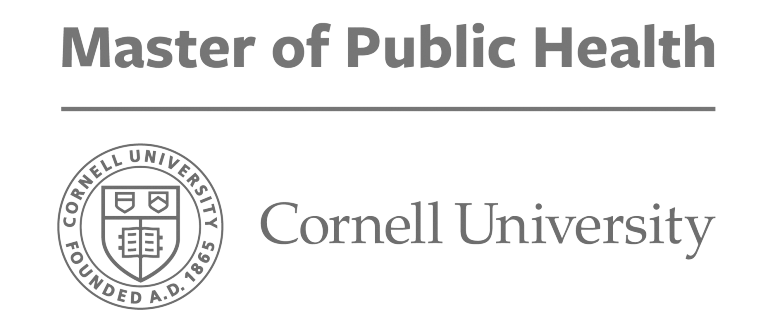The Covid-19 pandemic showed that many high-density housing typologies offer limited flexibility to adapt to changing needs in the short term, and that the lack of access to outdoor space has a negative impact on health and well-being. The research investigates how housing conditions and mobility patterns relate to resilience and vulnerability during the pandemic in NYC. Results show an increase in cases in low-income communities with long work-commute times, high unit count per building, and more occupants per room, revealing that public health and pandemic resilience are deeply linked with our built environment and housing in particular.
This paper juxtaposes existing public policies and different planning paradigms with evidence from the first wave of the COVID-19 pandemic in New York City (NYC). Zip code tabulation area (ZCTA) data for NYC are used to address four main questions: (1) How do urban density and crowding affect infection rates? (2) How does the commuting environment relate to pandemic resilience? (3) How does the allocation of points of interest within a city impact the infection rate? (4) How do evident inequalities in a city influence vulnerability during a pandemic? The presented evidence is used to demonstrate that compact, well-mixed, and decentralized cities can increase pandemic resilience due to advantageous features such as short commute times and well-distributed points of interest. At the architectural level, more resilient apartment building typologies need to be developed to mitigate the ramifications of overcrowding. This analysis also reveals significant spatial disparities and how they disproportionally affect the pandemic risk of vulnerable communities. These findings warrant a broader discussion on how urban design and planning can mitigate inequalities and transform cities into resilient, inclusive, and sustainable urban environments.
Yang, Y., Li, Y., Kral, K., Hupert, N., & Dogan, T. (2021). Urban design attributes and resilience: COVID-19 evidence from New York City. Buildings and Cities, 2(1), pp. 618–636. https:// doi.org/10.5334/bc.130










